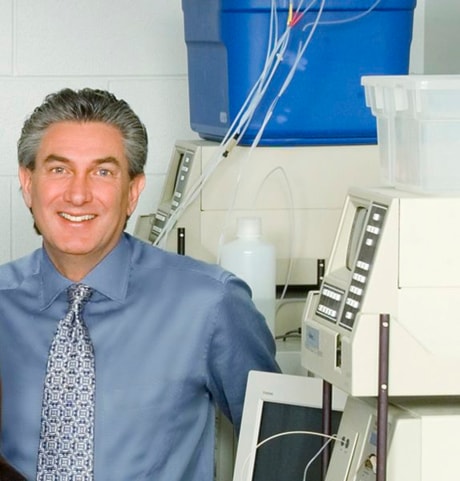An internal tracking system that would combat food fraud has been developed by a professor at the University of Saskatchewan.
“Adulteration of food products, either through mislabelling, ingredient substitution or dilution with a less expensive ingredient is a growing concern for Canadian consumers,” says Nicholas Low, who is leading the project with Robert Hanner, a professor at the University of Guelph.
“Through this project we are aiming to develop a cost-effective molecular internal tagging system in order to track food products as they move through the supply chain.”
The Grocery Manufacturers Association has found that five to 10 per cent of foods sold commercially are subject to adulteration.
Low will unveil details of the project later this month at the Advanced Foods and Materials Network annual Scientific Conference, which takes place in Halifax May 26 to 29.
In the meantime, he says that the tracking system would benefit both producers and consumers.
“For example, if there is an issue with a food product it could be rapidly identified in the supply chain where the problem occurred and so then we could identify where it is happening,” says Low.
For instance, a milk producer in China who is using an internal tag could ship to a facility making infant formula. If the formula was diluted at some point in the process, anybody testing that formula would be able to tell, he explains.
In 2008, a number of children in China were hospitalized after consuming milk products tainted with the chemical melamine.
Melamine has a high nitrogen content which can make products appear high in protein.
“A food product has a number of ingredients so if you can identify where the problem occurred you would be able to identify who made the error and whether it was intentional or unintentional,” Low says.
He says the tags are another tool “to help ensure food safety and security and another way that consumers can start to feel comfortable.”
